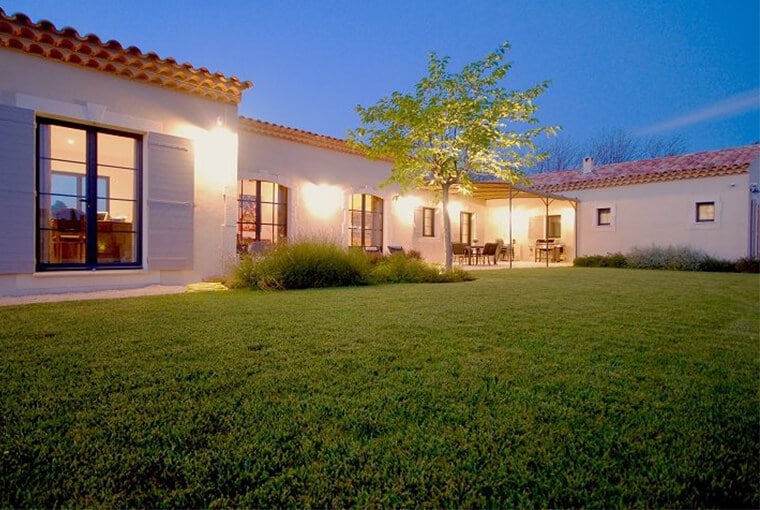How Many Lumens Do I Need for Outdoor Lighting
When it comes to how many lumens do I need, we usually have an illumination flux standard in order to calculate or guess a rough number for our applications like outdoor security lighting, landscape lighting, garage lighting and backyard lighting etc.
However, if it is a lighting retrofit project, you would probably know how easy it is to complete the job after reading this article.
Let’s dive in.
e.g. there is 250W HPS bulb in parking lot(6mx8m) that you want to get replaced, its lumen output about 25,000lm, so how many lumens of LED bulb I should get for a perfect conversion ?
Some people just think I should get a 25,000lm LED light bulb as well as equivalency, it is correct ?
Well, that is incorrect handling.
As a LED lighting expert, we have to tell you it is wrong to use the lumens output number as the measurement of LED equivalent.
Instead, we use another parameter, luminous intensity, which represent the lumens the surface receives per area (lm/ft²), as the measurement of equivalency for LED lightbulbs.
Generally, lumen per square foot equal to foot candle, that is 1 lm/ft² =1 fc = 10.76 lux
Lux is equal to lumen per square meter, 1 lm/m² = 1 lux
The truth is that LED is a solid state light source, its light beam is directional, thus more efficient.
Unlike the traditional HPS undirectional lightbeam, 360 degree spreading to all sides, there are nearly 85%-90% light beams or lightwaves are wasted or absorbed during the repeated reflection, thus, less efficient than it appears to be.
Besides of that, HPS has heavy light output decay after using around one year, usually down to 80%-90% on first year and 70% or more to the second year because of dust-fall accumulated on light diffuser, regardless of its high initial lumen, its brightness suffer great loss.
Given the sustainability and uniformity light output of LED lights, we can buy a much lower power of LED and save electricity bill.
Let’s take the previous case as example, some post tell end-user to apply the following formular to calculate the lumens per square foot
25000lm/8m*6m = 520.8 lux on average
It really has that high brightness for that parking lot ground ? Not true at all, it would be much lower than that.
Lux measures the illumination of a surface, instead of foot candle of an angle. The net result is that the distance of that surface from the light source becomes an important factor: the more distant that the surface is from the light source, the more area it will be illuminated by it but less intensity.
Therefore, it is totally wrong to use the existing bulb lumen to get the lux number, the mounting height of the bulb matters as well.
Illuminance at height of 3m is lower than that of 1m, see one of our parking lot light photometric diagram below.
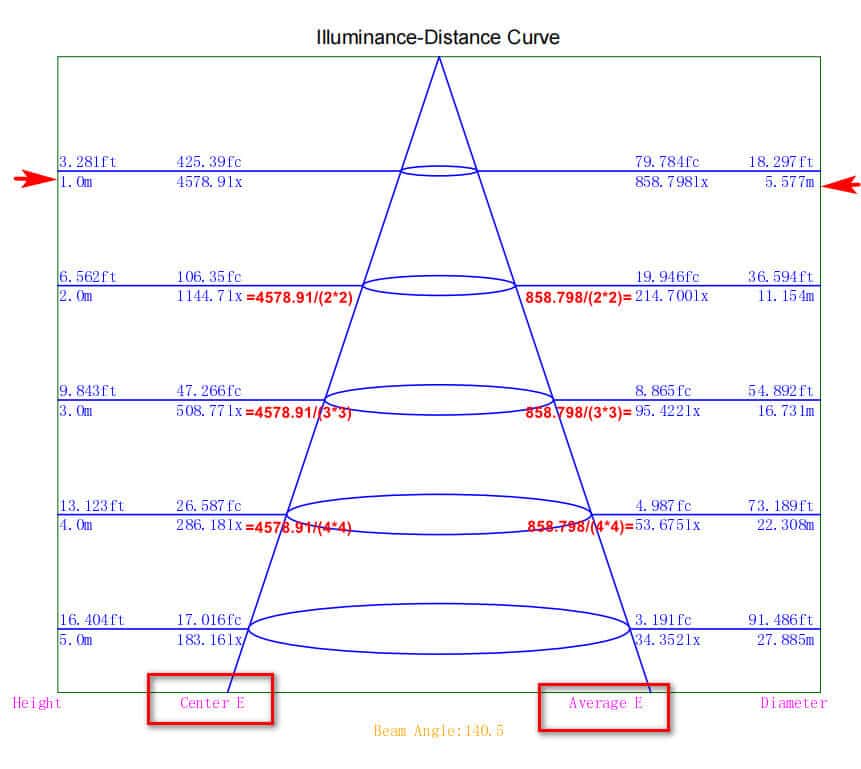
The most simple way to get the lux number is to buy a lux meter (for the professionals) or download a lux meter app (for end users) from Google Play store or Apple Store.
With the handy tool, you can easily read the lux number arrays when you move it from one spot to another, then you can get an average one as the Eav. lux number.
After that, you can apply the equation below
Flux(lm)=Eav * Area
e.g. if you get a Eav. 214 lux, and the illumination area 48㎡, then you just need to shop a 10,272lm to replace the 250 watt HPS bulb.
Therefore, if you are unsure how many lumens of LED light that is equal to your current outdoor light bulb, our above solution can help you.
So, how do I know how many lumens I need if it is a new outdoor lighting project ?
Well, below is our recommendation
Landscape lighting: 100-300lm
Path lighting: 100-200lm
Outdoor wall lighting: 600-4800lm
Flood flagpole lighting: 700-3600lm
Driveway lighting: 2400-4000lm
Backyard post lighting: 3900-9000lm
Garage workshop lighting: 10000-20000lm
Carport lighting: 13000-40000lm


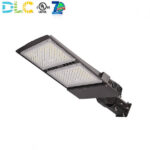 LED Shoebox Light
LED Shoebox Light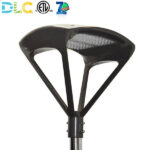 LED Post Top Light
LED Post Top Light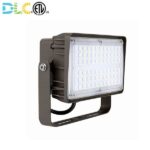 LED Flood Light
LED Flood Light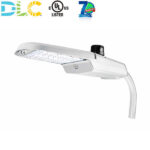 LED Street Light
LED Street Light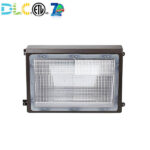 LED Wall Pack
LED Wall Pack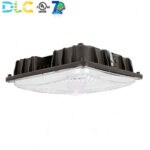 LED Canopy Light
LED Canopy Light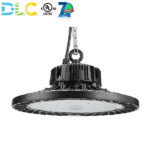 LED High Bay
LED High Bay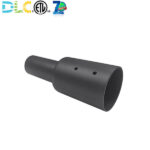 Accessory
Accessory